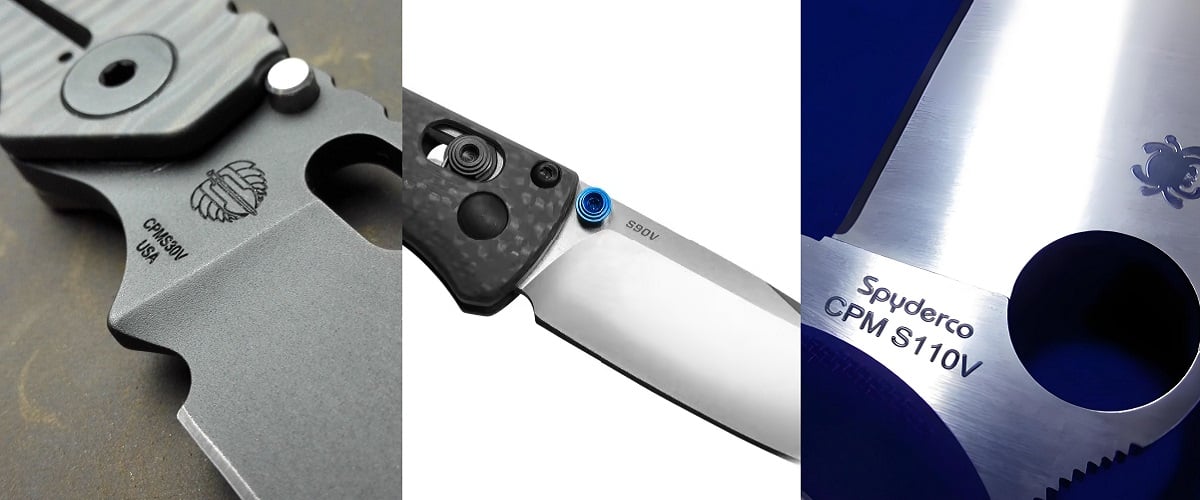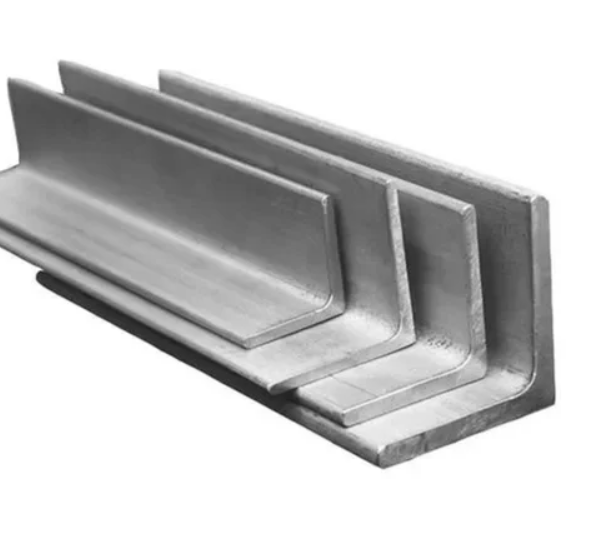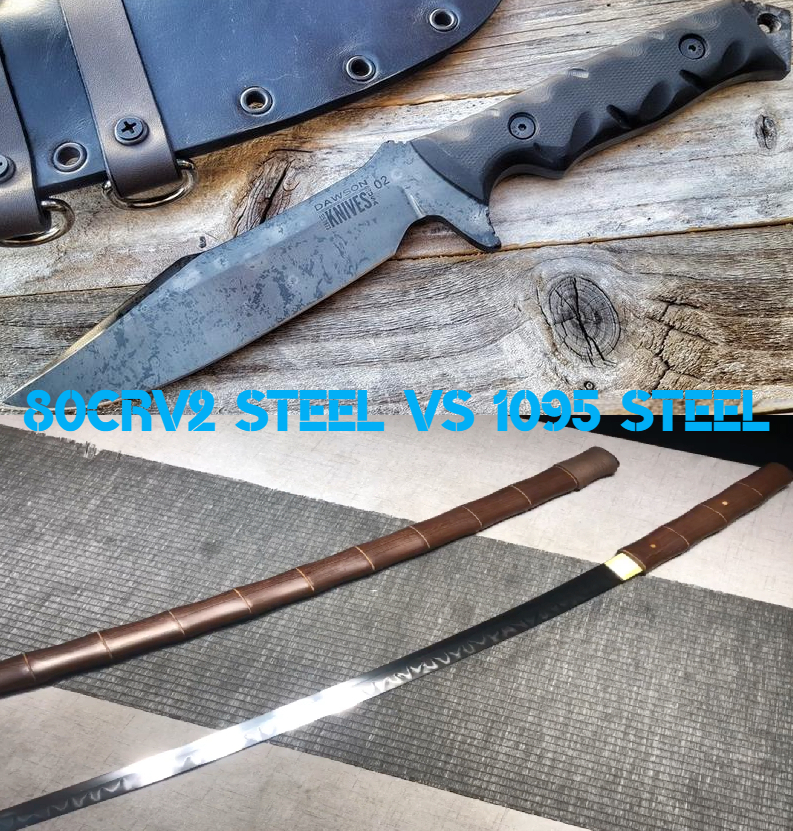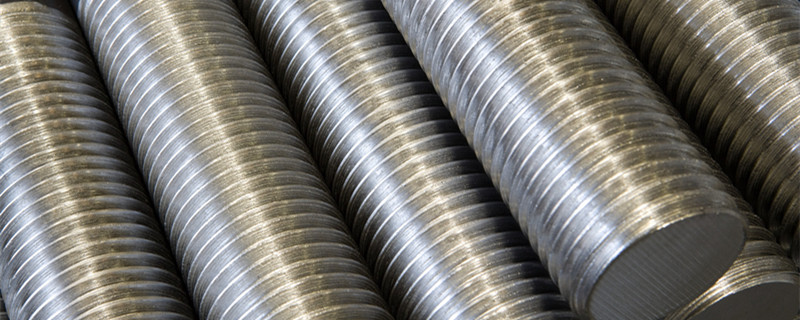When selecting proper materials for steel CNC machining, there are three basic types of steel: stainless steel, carbon steel and alloy steel. In this article, we’ll explore alloy steel in detail, featuring alloy steel definition, types, alloying elements, common grades, and the difference between alloy steel and carbon steel.
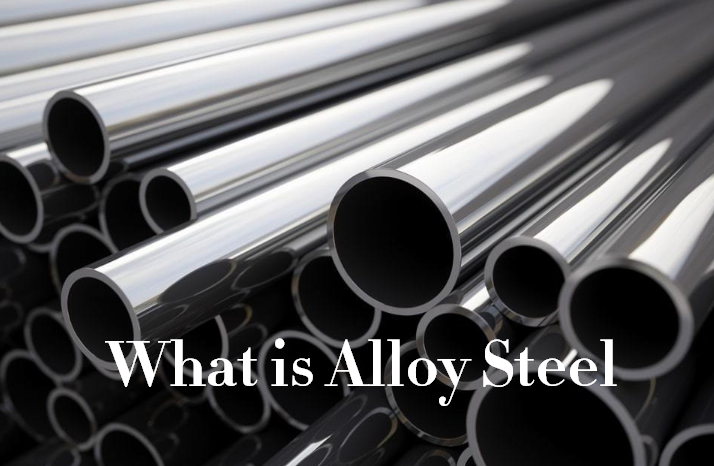
What Is Alloy Steel?
Alloy steel is a class of steel alloying with other elements such as manganese, nickel, and chromium deliberately in addition to the carbon, in order to get enhanced mechanical properties. The total amounts of alloying elements are generally between 1% and 50% by weight. Strength, hardness, toughness, corrosion resistance, and more properties can be improved. Generally, alloy steels can be divided into low-alloy steel and high-alloy steel.
Alloy steels are workhorses of industry due to the economic cost, wide availability, and good mechanical properties. Alloy steels are often used in applications where strength, toughness, and corrosion resistance are important, such as construction and architecture, and can also be used to produce cookware, household items, and jewelry.
Types of Alloy Steel
– High alloy steel: defined by a high percentage of alloying elements. Alloy steels are categorized into low- and high-alloy steels. High-alloy steels would be more than 10 wt% of alloying elements in steel groups.
– Low alloy steel: has a low percentage of alloying elements, usually between 1% and 5%. If the alloying element in the steel is below 5%, it is called low-alloy steel. Low-alloy steels are distinguished by additions of chromium, molybdenum, and, in some cases, nickel. The low-alloy steels have improved strengthening characteristics compared with the carbon steels at an equivalent carbon content, and their microstructure is more stable at elevated temperatures.
Common Alloy Steels
The most commonly used grade of alloy steel is 4140 alloy steel (chromium-molybdenum), with high strength, good wear resistance, excellent toughness & ductility and resistance to stress and creep at high temperatures.
What is the effect of major alloying elements in steel?
The content of the alloying element will also affect its function.
– Manganese: increases surface hardness and resistance to strain, hammering, and shock, combines with sulfur and with phosphorus to reduce the brittleness, and also helps to remove excess oxygen from molten steel.
– Nickel: increases strength, toughness, and corrosion resistance.
– Chromium: adds hardness, increased toughness, and wear resistance.
– Cobalt: improves hot hardness for applications such as cutting tools.
– Molybdenum: increases strength and resistance to shock and heat.
– Tungsten: adds hardness and improves grain structure and heat resistance.
Stable carbides; inhibits grain growth. Increases the toughness of steel
– Vanadium: increases strength, toughness, and resistance to shock and corrosion.
– Silicon: increases strength and improves magnetic properties.
– Boron: a powerful hardenability agent.
Alloy Steel vs Carbon Steel
1. Composition. Alloy steel contains a high percentage of other elements apart from iron and carbon, while carbon steel has a high amount of carbon and low amounts of other elements. In carbon alloys, there is up to 2.1% carbon by weight; additional elements don’t have a minimum content and are generally regarded as impurities. In alloy steels, additional alloying elements are important; they can adjust the properties of the metal.
2. Strength. Carbon steel has a higher strength than alloy steel.
3. Corrosion resistance. Alloy steel has higher corrosion resistance.
4. Melting point. Alloy steels generally have high melting points, while carbon steels have low melting points.
5. Weldability. Alloy steel is more weldable.
6. Ductility. The ductility of alloy steel is higher.
7. Cost. Carbon steel is relatively inexpensive, especially with low carbon content. Alloy steel can be very expensive.


